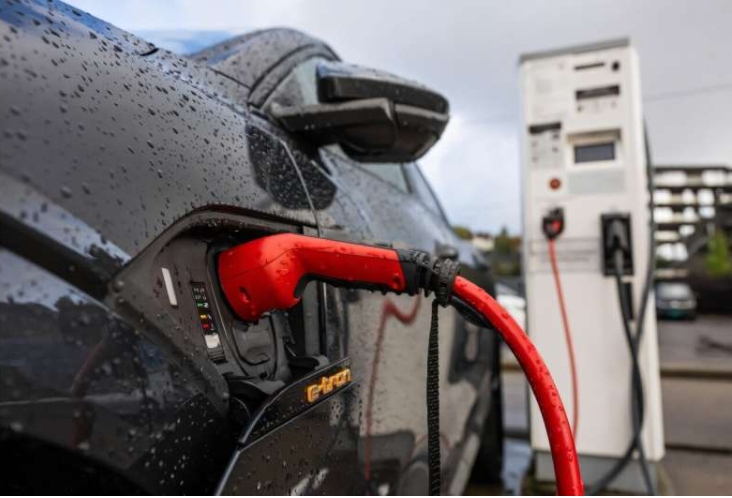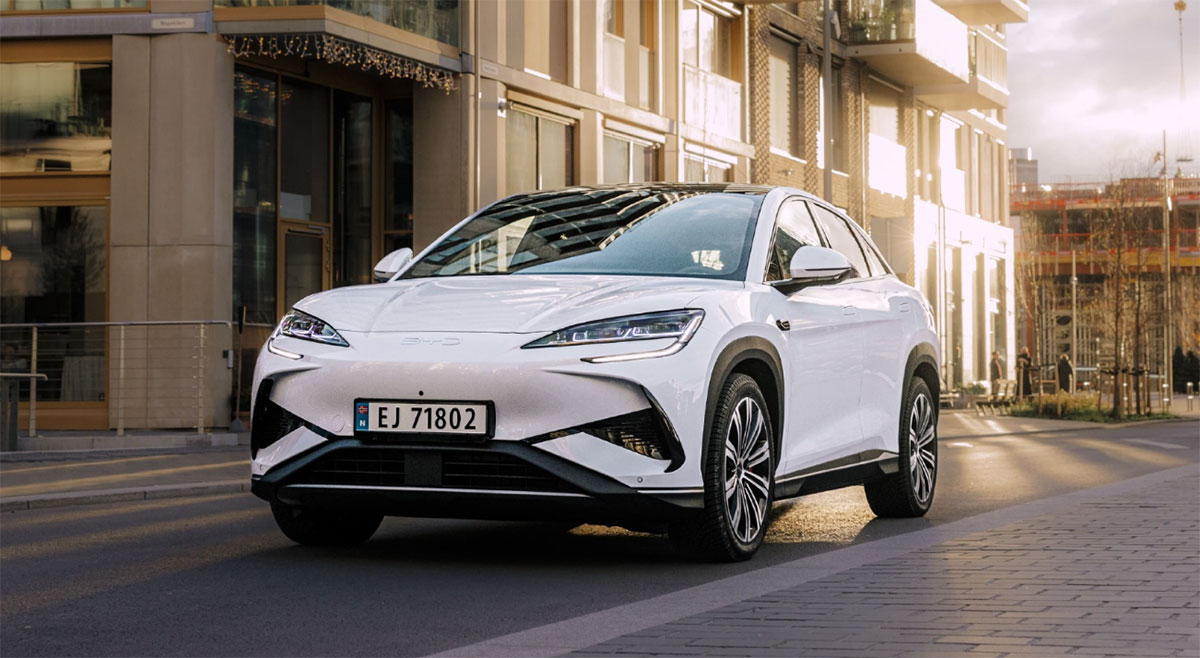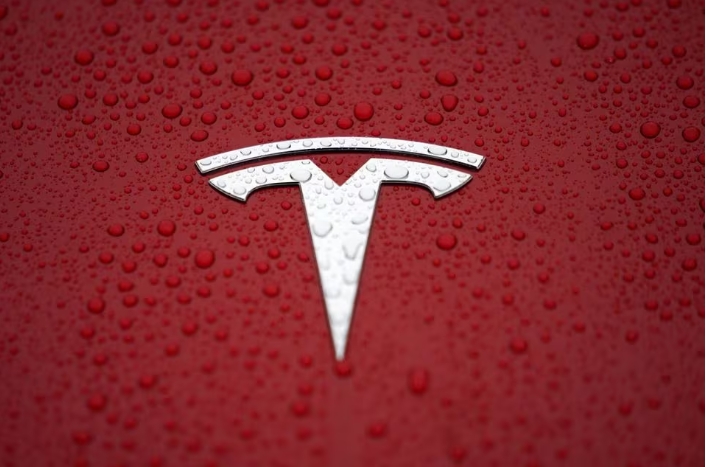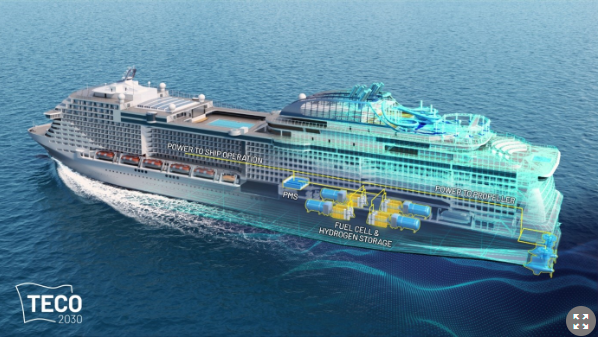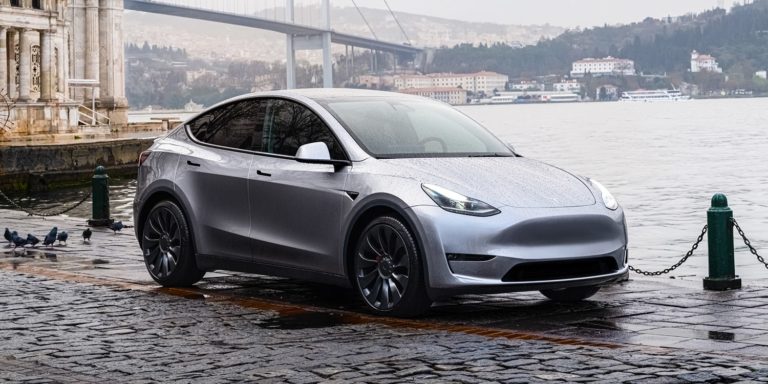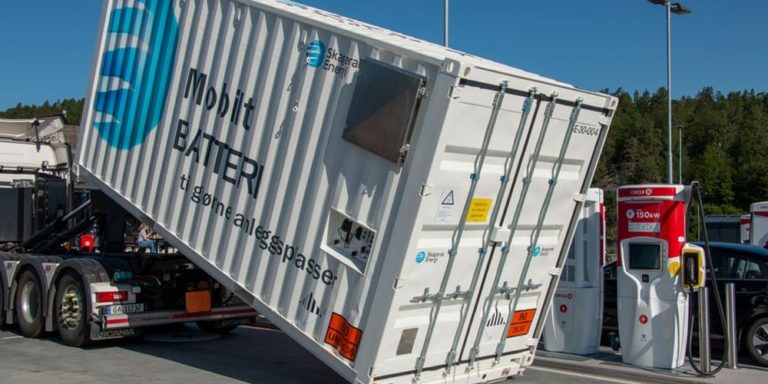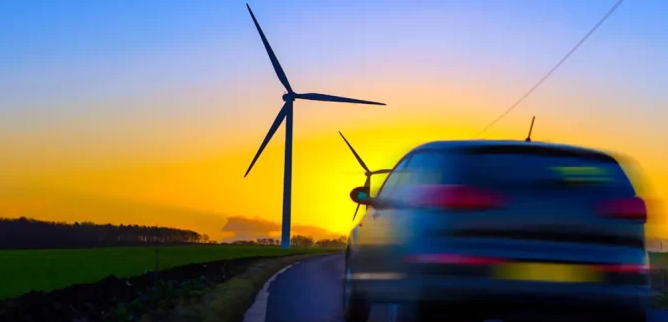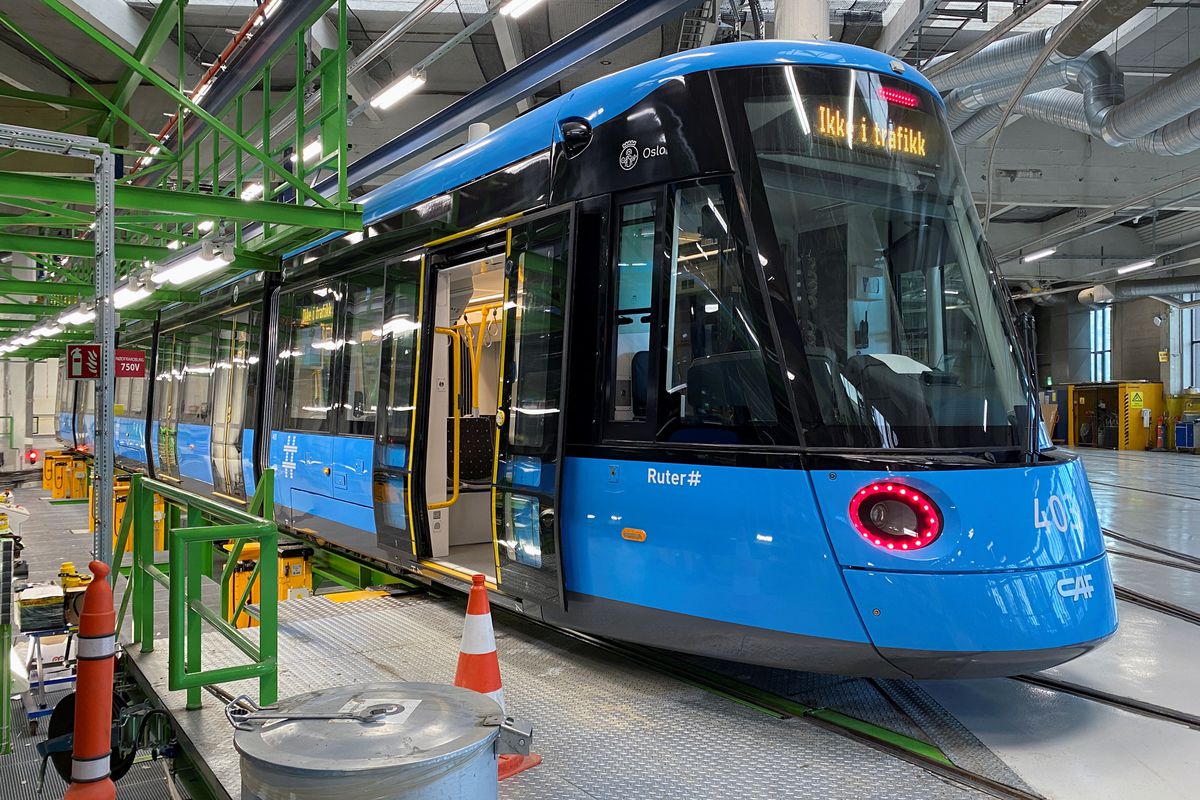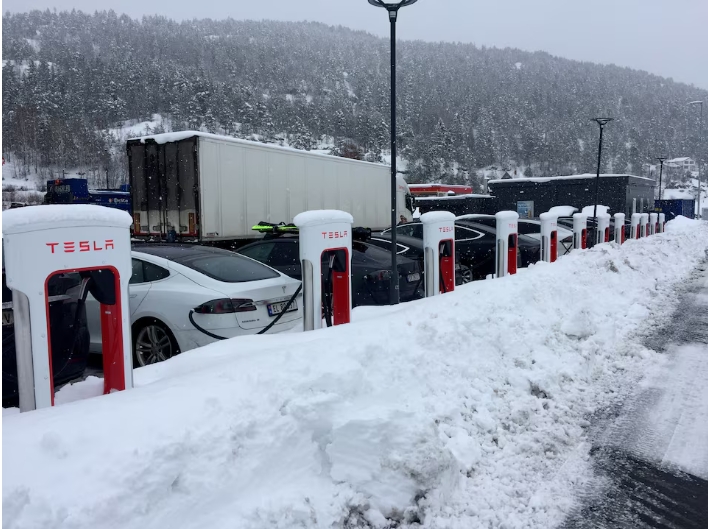
The shift has been driven by generous incentives, afforded in part thanks to Norway's huge oil and gas wealth.
Still, analysts think it will take a few more years for BEVs to surpass the number of diesel vehicles in Norway.
The Nordic country of 5.5 million people aims to become the first nation to end the sale of new petrol and diesel cars - by 2025. Nine out of ten new cars sold at the start of this year have been BEVs.
If more countries follow Norway's lead, demand for oil worldwide could peak earlier than envisaged. The International Energy Agency sees that peak before 2030, with cars and vans accounting for more than 25% of oil demand.
However, Norway's transition has not come cheap, with the country exempting BEVs from taxes imposed on cars with internal combustion engines and investing in public BEV chargers.
 Reuters Graphics Reuters Graphics
Reuters Graphics Reuters Graphics Reuters Graphics Reuters Graphics
BEVs accounted for 24.3% of Norway's 2.9 million cars as of March 15, versus 26.9% for petrol vehicles, according to data from the Norwegian Public Roads Administration seen by Reuters.
That equated to a lead of nearly 76,000 for petrol cars - well below the 104,590 new BEVs sold in Norway last year.
"If that (trend) is continued for the next 12 months and given that sales of pure-petrol cars are negligible now, this time next year there will be more BEVs on the road than pure-petrol cars, and probably before the end of this year," Robbie Andrew, a senior researcher at climate change think-thank CICERO, said.
With almost 370,000 more diesel cars on Norway's roads than BEVs, it will likely take three to four years for BEVs to overtake diesel vehicles too, Andrew added.
